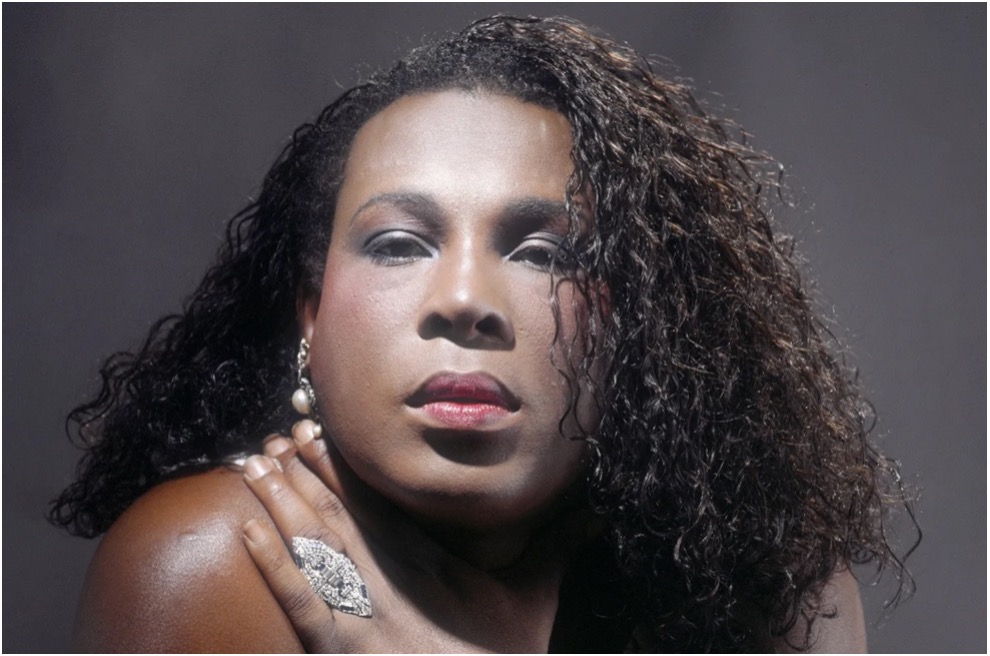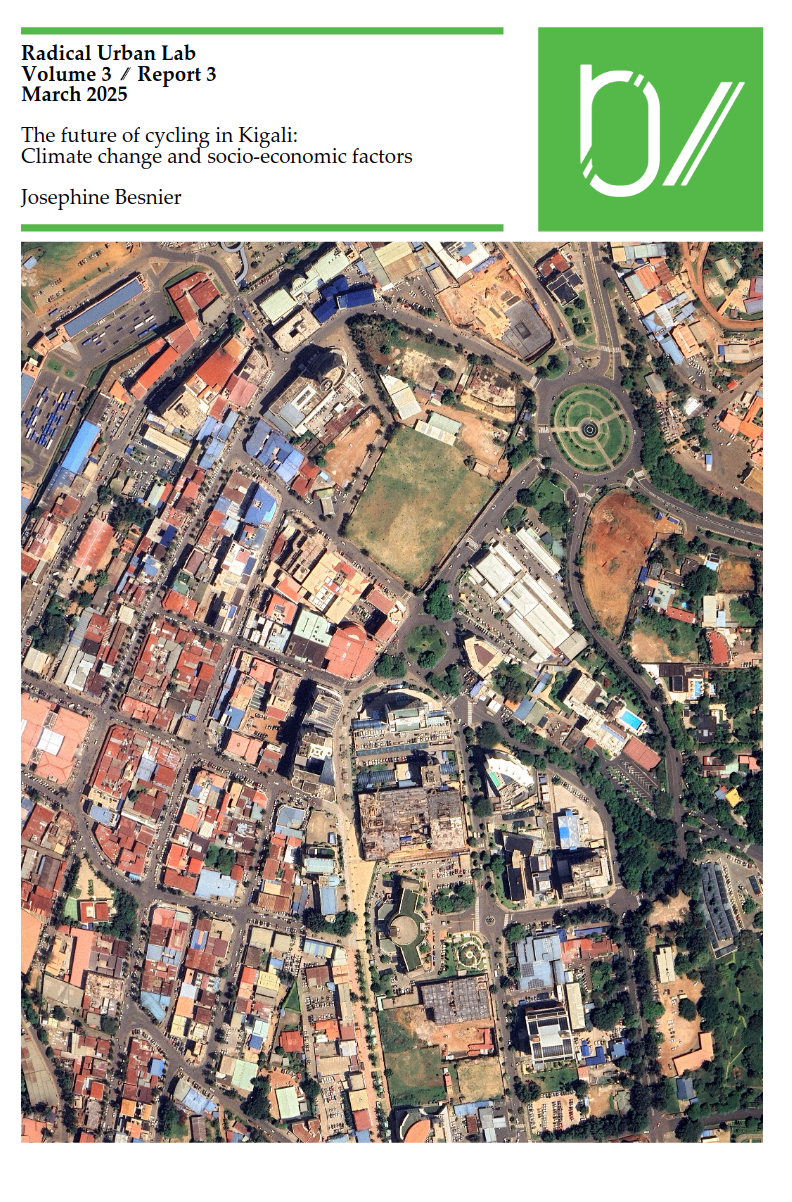Why so sensitive?: Taiwanese independence and Chinese censorship
By Sara Rossmann and Lily Stiven
A panda wanders around an idyllic pastel pink set while a couple apologises for hurting each other’s feelings. Listening to the catchy tune backed by a xylophone, you would think the whole thing perfectly innocuous. Yet, this song was quickly banned from multiple Chinese websites, and the creators’ accounts blocked on the Chinese social media platform Weibo (Sng, 2023).
The mandopop song ‘Fragile’ was released in October 2021. It was written by Malaysian hip-hop artist Namewee and features Australian singer Kimberly Chen – both based in Taiwan. Created to test Chinese censorship (Sng, 2023), the lyrics satirically allude to several political issues without directly naming any names – ironically coherent with Chinese methods of diplomatic evasions. While subtly endorsing Taiwanese independence, the song acts as a critique of China’s current regime, their propaganda, and nationalism.
The history of Taiwan’s struggle to define itself in relation to China has been long and complex. The region was ceded to China at the end of World War II, following 50 years of Japanese control (Copper, 2025). Taipei became the seat of the Kuomintang-led ROC after the PRC took control of most of the mainland China in the civil war. The islands were under martial law for decades, a period called the White Terror, during which thousands were executed for opposing the Kuomintang. This was ended in 1987, and the process of democratisation began. During this period, the UN formally recognised the PRC as representing China over the ROC. In the years since, moves toward Taiwanese independence have consistently been met with military threats and political pressure from China, which vows to take the region back (despite never having controlled it) and refers to it as a breakaway province. The currently leading Democratic Progressive Party demands the recognition of Taiwan as an independent state, country, and democracy (BBC, 2024). China regularly conducts massive naval and air force ‘training exercises’ in the Taiwan Strait (Davidson, 2025) that are cause for political tension. In light of this context, Namewee speaks out for Taiwan’s right to exist as an independent nation and criticises China’s pressuring tactics and ownership claims.
Namewee is known for creative provocative texts and states that he does not regret anything about the song. He has been arrested multiple times in Malaysia, including in 2016 for realising a music video deemed insulting to Islam (Guardian, 2016). He also denied a contract with a Chinese agency due to their limitations on his freedom of expression (Lo, 2021). Since freedom of the press is essential to the democratic ideals the artist upholds, censorship is of major concern in the song.
The warning “please be cautious if you are fragile pink” at the beginning of the music video refers to the movement of young nationalists who aggressively defend the authoritarian Chinese government online, called xiǎo fěnhóng (literally ‘Little Pink’) (Jing, 2019). The lyrics and music video aim to ridicule and satirize president Xi Jinping, his government, and these cybernationalists for their weak self-esteem, exemplified by hasty outbursts and automatic rejection of any and all criticism. Through various allusions, Namewee addresses social issues in China, the political status of Taiwan, the Xinjiang internment camps (Smith Finley, 2021), the Little Pink, and rampant censorship.
The video features an overwhelming amount of pink, with the singers wearing heart-shaped glasses and the panda (chronically insulted and representing the Chinese regime) clad in pastel dungarees. The song starts with birds chirping and xylophone-like tones, creating a sugar-coated impression that makes the song seem shallow and innocent.
The harsh satirical content of the lyrics is in sharp contrast. The catchy chorus centres around apologising to someone who is fragile and can’t take any criticism, calling out their “heart of glass” and showing the panda shatter a set of wine glasses. This metaphor implies that this person is easily hurt by what others say. Applied to China, it emphasizes the regime’s extreme sensitivity to negative comments.
Namewee uses image-damaging stereotypes and rumours about China to provoke a response from the regime and its supporters. In one scene, he wrestles with the panda in a swimming pool while singing “You say NMSL to me when you get angry”. NMSL stands for nǐ mā sǐle (‘your mum is dead’). Chinese nationalists stormed comment sections with this bland insult in a flame war over a Thai celebrity’s comments about the coronavirus (Fang, 2020). This event prompted viral memes portraying the nationalists as automatons who instantly type “NMSL” whenever they disagree with something instead of engaging with it critically. Namewee picks up on this and mocks the panda (China) for their angered response. The coronavirus is referenced in the line “desiring for dogs, cats, bats and civets”. In the video, the panda offers Namewee a pot of soup with a cuddly bat toy stuffed inside. This refers to the popular rumour that the pandemic started with a bat consumed from one of China’s food markets (Kalkhof, 2022).
He also takes a direct jab at Xi Jinping by using a common mocking comparison for the president. Winnie-the-Pooh has been used to mock him to such an extent that China’s censors started removing online references to the character (Haas, 2018). The lyrics revolve around how Winnie-the-Pooh might disappear people who breach China’s internet restrictions, and name checks Xi’s “common prosperity” drive.
Other references point to the oppression in forced labour camps of Uyghurs (a Muslim minority group), as well as the political pressure China exerts on Hong Kong and Taiwan (Kalkhof, 2022). Through the lyric “swallows the apple, cuts off the pineapple”, Namewee draws attention to Hong Kong’s Apple daily newspaper. After its assets were frozen and multiple executives detained under a national security law, the pro-democracy tabloid collapsed (ibid.). Simultaneously, he mentions the cutting off of pineapple imports from Taiwan to China. The ban was an attempt to exert economic pressure, but backfired, as all the goods were consumed by Taiwan and its other trade partners (McDonald, 2021).
After its release, the song quickly gained popularity and sits at 75 million streams today. It was especially high up in the music charts in Hong Kong, Taiwan, Malaysia, and Singapore (Lo, 2021). As expected, the Little Pink attacked him after the release, and China retaliated with propaganda. The Chinese party paper Global Times called the song “malicious” (Kalkhof, 2022) and accused him of insulting the Chinese folk. In Namewee’s case, censorship was the best advertisement, the banning ironically contributing to an increase in visibility and fame for him. As a response to getting banned from multiple platforms in China, he stated in a post that he does not think that he is the one banned: The ones who are truly banned are those who have been denied the right to listen to songs freely.
‘Fragile’ demonstrates how joyous melodies and humorous satire can be used to convey deeper messages and controversial ideas. Humour and lighter tones reach a wider audience that can engage critically with the song after a second listen. Not only is it easier to confront people with these ideas, the paradox additionally intrigues and draws in more people. Joy in resistance is important for maintaining peace and hope in resisting.
Bibliography
“China holds military drill as US envoy visits Taiwan.” BBC News, September 18, 2020. https://www.bbc.co.uk/news/world-asia-54200913
Copper, J.C. “Taiwan.” Encyclopedia Britannica, July 13, 2025. https://www.britannica.com/place/Taiwan.
Davidson, Helen. “China military drills targeting Taiwan put region’s security at risk, says US.” The Guardian, April 2, 2025. https://www.theguardian.com/world/2025/apr/02/us-says-china-military-drills-targeting-taiwan-put-regions-security-at-risk.
Fang, Tianyu M. “‘Your mom is dead’ : The origins of the Chinese internet slang NMSL” The China Project, 2020 https://thechinaproject.com/2020/04/23/nmsl-the-origins-of-the-chinese-internet-slang/ accessed 14/07/25
Haas, Benjamin. “China bans Winnie the Pooh film after comparisons to President Xi.” The Guardian, August 7, 2018. https://www.theguardian.com/world/2018/aug/07/china-bans-winnie-the-pooh-film-to-stop-comparisons-to-president-xi
Jing, Xuanlin. “Online nationalism in China and the “Little Pink” generation.” The SAIS Observer, May 7, 2019. https://saisobserver.org/2019/05/07/online-nationalism-in-china-and-the-little-pink-generation/
Kalkhof, Maximilian. “Nimm Kein Blatt Vor Den Mund”. Goethe, 2022. https://www.goethe.de/prj/yim/de/mag/22605894.html.
Lo, James and Graudus, Adam. “Rapper Namewee breaks the rules for good.” Taipei Times, November 16, 2021. https://www.taipeitimes.com/News/taiwan/archives/2021/11/16/2003767972
“Malaysian rapper is remanded over video allegedly insulting Islam.” The Guardian, August 22, 2016. https://www.theguardian.com/world/2016/aug/22/malaysian-rapper-namewee-arrested-video-disrespectul-to-islam
McDonald, Tim. “China and Taiwan Face off in Pineapple War”. BBC News, 2021. https://www.bbc.com/news/business-56353963.
Namewee. “黃明志【玻璃心】 Ft. 陳芳語.” YouTube, 2021. https://www.youtube.com/watch?v=-Rp7UPbhErE.
Smith Finley, Joanne. “Why Scholars and Activists Increasingly Fear a Uyghur Genocide in Xinjiang.” Journal of Genocide Research 23, no. 3 (2021): 348–70. https://doi.org/10.1080/14623528.2020.1848109.
Sng, Suzanne. “Namewee and Kimberley Chen Blocked on Weibo after Releasing Satirical Duet.” The Straits Times, 2023. https://www.straitstimes.com/life/entertainment/namewee-and-kimberley-chen-blocked-on-weibo-after-releasing-satirical-duet.
“What’s behind China-Taiwan tensions.” BBC News, October 14, 2024. https://www.bbc.co.uk/news/world-asia-34729538







